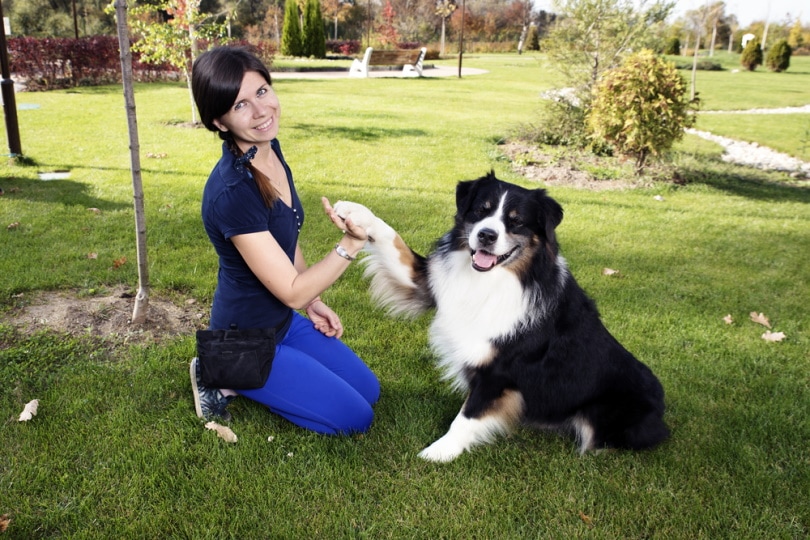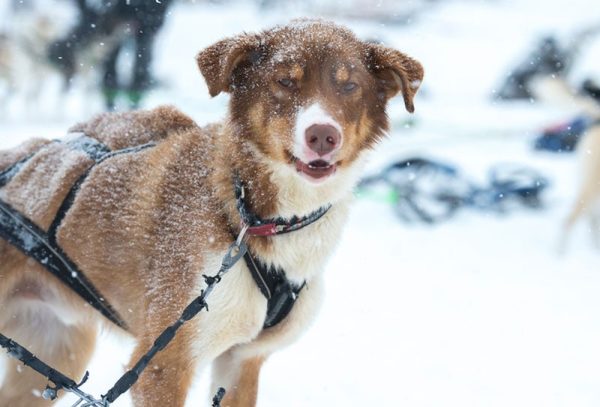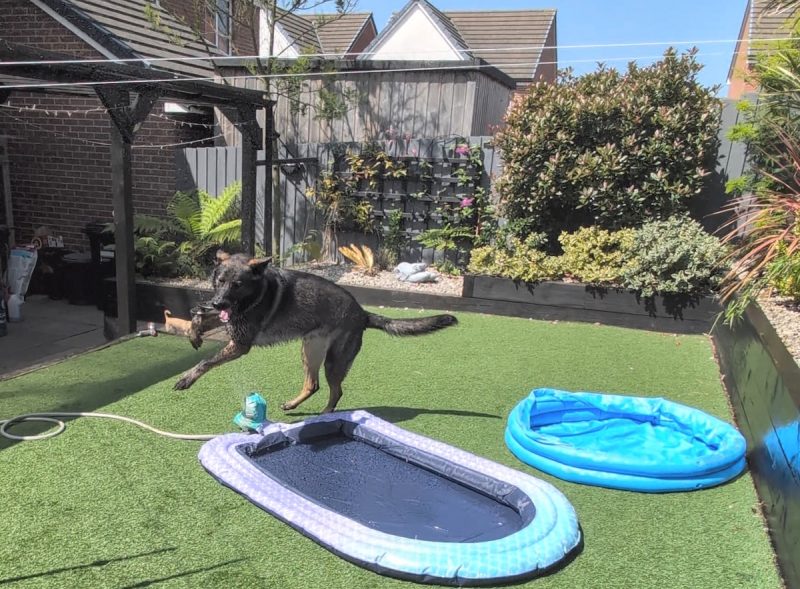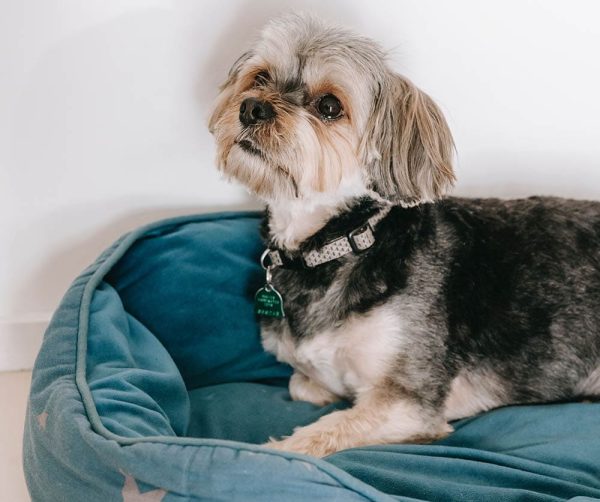In this article
Getting a dog is exciting but also a great deal of work. Not only do you have to ensure that your pet gets all the fun and exercise that they need, but you also have to train them. Training your pup involves everything from crate and potty to obedience training, all of which take time and patience.
Sometimes, you just won’t have the time to devote to fully training your pet, though, which is where professional dog trainers come in. Taking your dog to a trainer means you get a pup that knows commands and how to walk properly on a leash, but you do less of the work (however, you’ll still have to do some work!).
But how much does dog training cost? Depending on where you live and what type of training you want, the price range is approximately $20–$75 for a group class and $45–$400 for a personalized training session.
Here’s what we found on how much it costs to take your furry friend to a dog trainer.

The Importance of Dog Training
The most obvious benefit of training your dog is that they learn to obey you when you give them commands, such as “off” or “leave it.” That’s not the only important reason to properly train your pet, though.1 For starters, training provides your dog with plenty of mental stimulation, so they don’t get bored and turn to destructive behaviors. Training your pet also enables you to better understand what your dog is trying to communicate to you; this leads to a better relationship between you.
Plus, training helps your pup learn to socialize properly. You certainly don’t want a dog that is aggressive or unfriendly and unable to get along with other animals and people. Dog training keeps your pet from destructive and problem behaviors, as well as keeping them safer.
Training your dog is a vital component of being a dog parent!

How Much Does Dog Training Cost?
How much dog training costs depends on several factors, including where you live, what kind of training you decide upon, and where you go for that training. We looked around to find the average costs of the most common types of dog training that people go for, and here’s what we discovered.
Group Training
With group training, your dog will be trained in a small group on basic obedience lessons. Since your pup will need several classes, most places offer packages for 6–8 weeks that range in price from $120–$600, depending on where you go. If you’d rather purchase lessons individually, you’re likely looking at $20–$75 a class.
For example, group training classes from Such a Good Dog in Alabama will cost you $25/class or $125 for 5 weeks of classes. But a 6-week group class in California from PrimePaw will cost you $499.
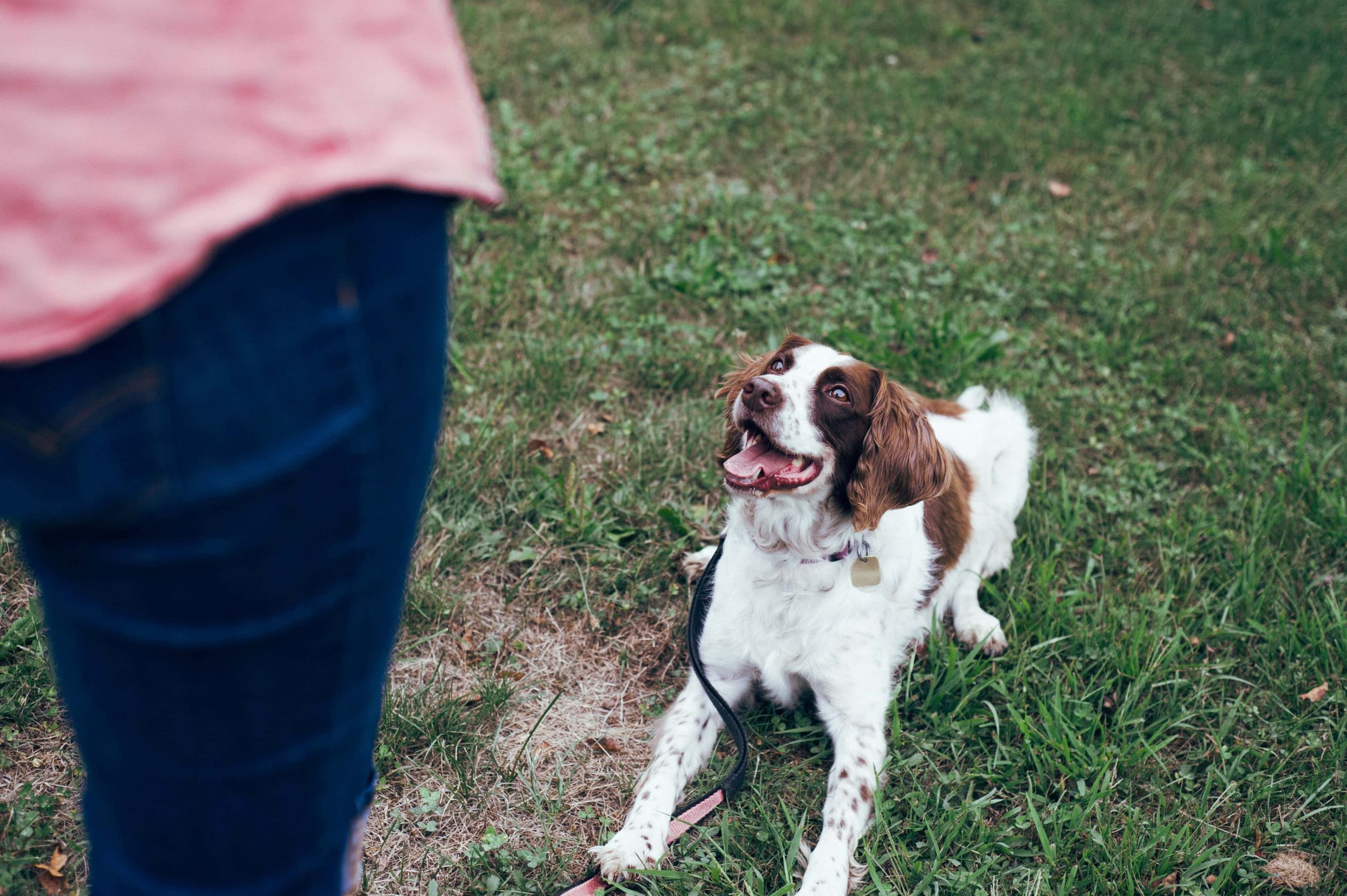
Private Training
You can go for private training sessions if you’d rather not do a group setting with your pet. Private training will involve you, your dog, and the trainer and will be conducted either in your home or at the training center. These will also range in price depending on where you live, but private lessons for basic obedience can be anywhere from $45 to $400 a session or hour.
For example, an hour-long session at PetSmart will run you $89, but a 90-minute session from School for Dogs in New York could cost $345.
Boot Camp
You might also hear this one referred to as a “board and train” or “kennel and train.” This is the solution for those struggling with dog training, whether because they simply don’t have the time or their pet needs more serious help. How it works is either you take your dog to the training facility, drop them off in the morning, and then pick them up in the evening, or you drop them off for a week or 2-week program. A boot camp is the most expensive option, with daily rates running from $45 to $200 and the longer packages running from $500 to $3,500.
For example, a 5-day boot camp at Dog Training Now in Illinois costs $1,799, but a 2-week boot camp at Rocky Top Dog Training in Tennessee costs $3,700.

Additional Costs to Anticipate
Dog training shouldn’t involve additional costs, as you’re paying for what you get (i.e., a single class, a package, or a board and train). Any additional costs you incur should only happen if you purchase more training after the first classes. There is a chance some trainers might try to talk you into purchasing items they sell, but you certainly don’t need anything extra. The classes should do the job they’re supposed to.
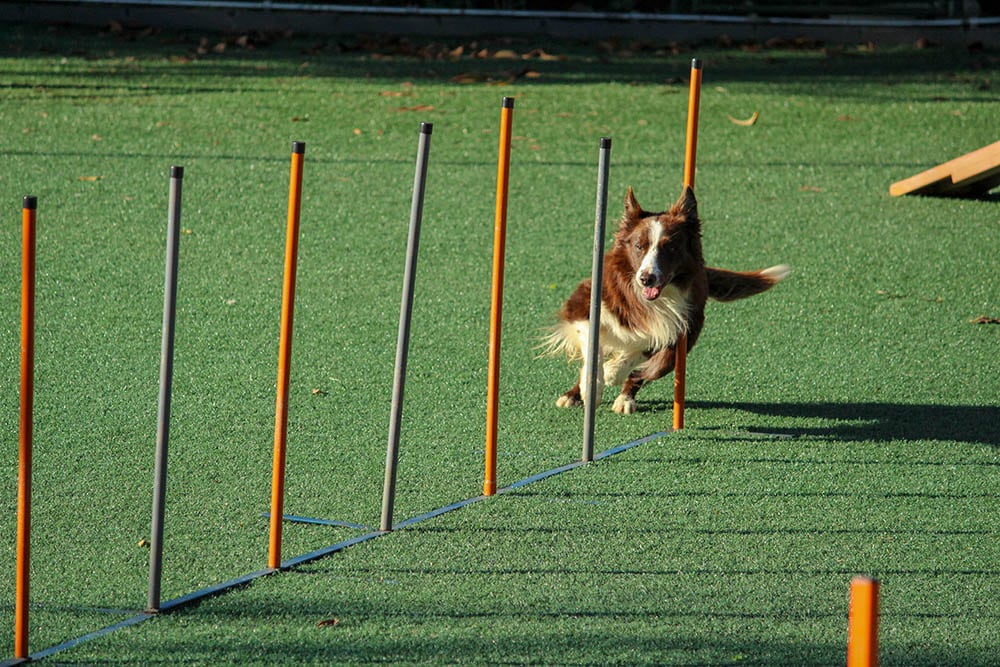
How Long Does Dog Training Take?
How long it takes to properly train your dog will depend partially on how quickly your pet learns, how devoted you are to taking them to classes, and whether your dog is a puppy or older (older dogs can indeed learn new tricks, but it can be difficult changing a life-long behavior). If you’re training a pup, they should be well-trained by the time that they’re 1 year old. There are certain cases, though, where a dog is either a slow learner or simply stubborn—if that’s the case with your pet, you might need to repeat a few classes.
However, training a dog is more of a life-long endeavor. While you shouldn’t need much professional dog training after your dog has turned 1, you’ll still be training them on new things all the time, like teaching them fun tricks.
Does Pet Insurance Cover Dog Training?
Most pet insurance companies will not cover dog training. However, a few do cover costs associated with the treatment of behavioral training. The difference here is that the insurance company wouldn’t pay for you to take your puppy to basic obedience training, but if your puppy was diagnosed with anxiety and the vet recommended behavioral training, it would be covered. Some of the insurance companies that do cover behavioral training will only do so if it is done by a vet and not a trainer. It’s a bit confusing, so you’ll need to carefully check any insurance policies you’re considering purchasing and ask questions if needed.
The insurance companies that cover behavioral training in some form include Embrace and Nationwide.
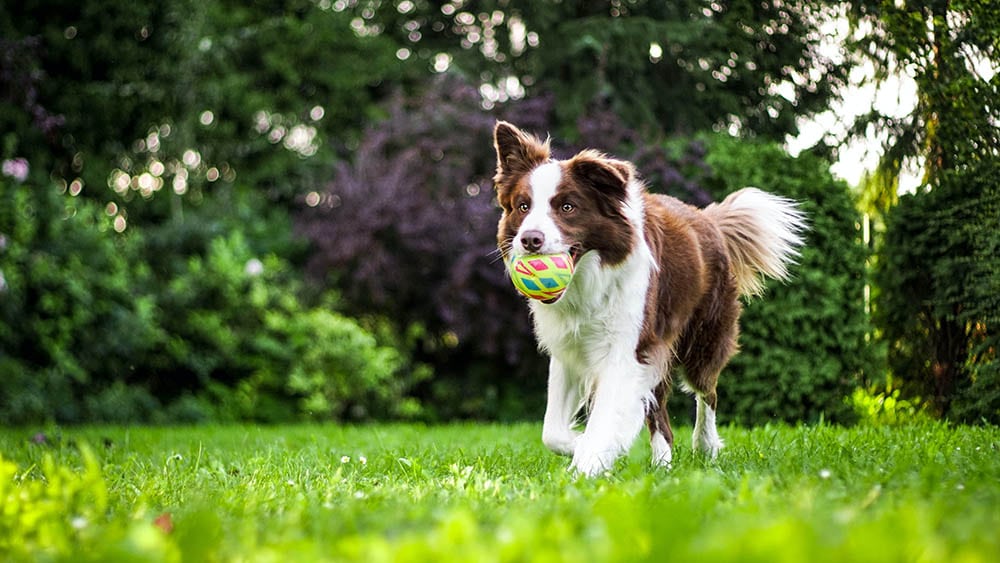
What Should I Look For in a Dog Trainer?
When it comes to finding a reputable trainer, there are a handful of things to consider.
First are the credentials the trainer has. If the trainer you’re looking at has an acronym or two after their name (such as CPDT-KA or CPDT-KSA), it means the trainer is certified by the Certification Council for Professional Dog Trainers and has gone through a few hundred hours of training, as well as passed a test.
Next is how much experience the trainer has. If the dog trainer you’re considering has been around for a long time or has participated in classes that furthered their education over the years, it’s a likely sign they know what they’re doing and can be trusted.
Then, there’s the type of training a dog trainer does. Even though the American Veterinary Society of Animal Behavior recommends against training that is punishment-based (i.e., shock collars and choke chains), some trainers still use these methods. Ensure that any trainer you go to uses training that is reward-based (positive reinforcement) instead.
Finally, it never hurts to look at what other people have to say about a dog trainer. You’ll easily find reviews online or on forums where you can ask other pet parents questions about a specific trainer or training facility.

Conclusion
Going to a professional dog trainer can certainly be costly. How expensive dog training will be, though, depends on where you live, where you go for training, and what kind of training you want. You could be looking at a few hundred dollars for a class or package.
Before committing to a trainer, make sure you’re going with a reputable one who’s been certified. You’ll also want to check how much experience the trainer has and what kind of training they use. You might also want to search out reviews from other pet parents who have used the trainer.
Dog training might be on the pricey side, but in the long term, it’s worth it to have a well-behaved pup that doesn’t resort to negative behaviors. Plus, dog training can strengthen your bond with your pet, which is always a bonus!
Featured Image Credit: Paya Mona, Shutterstock
